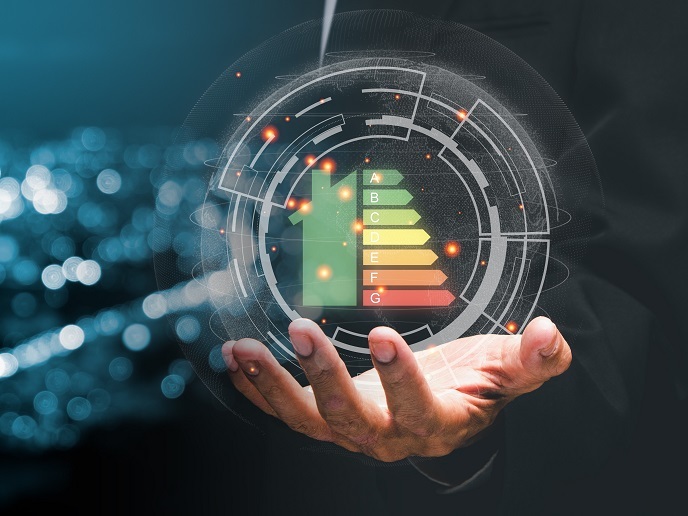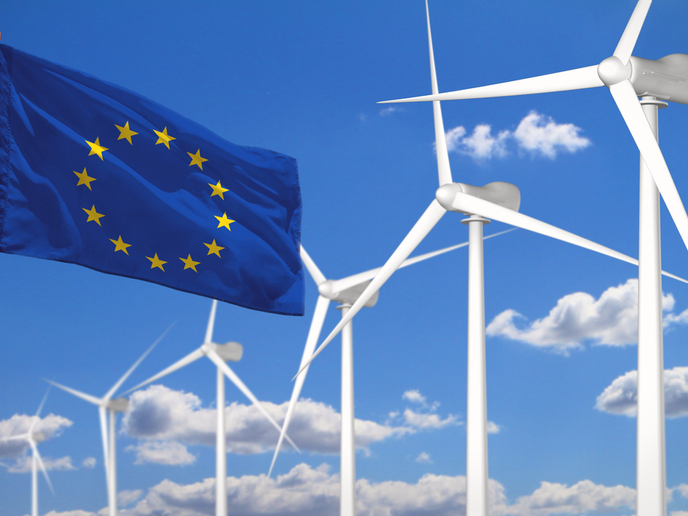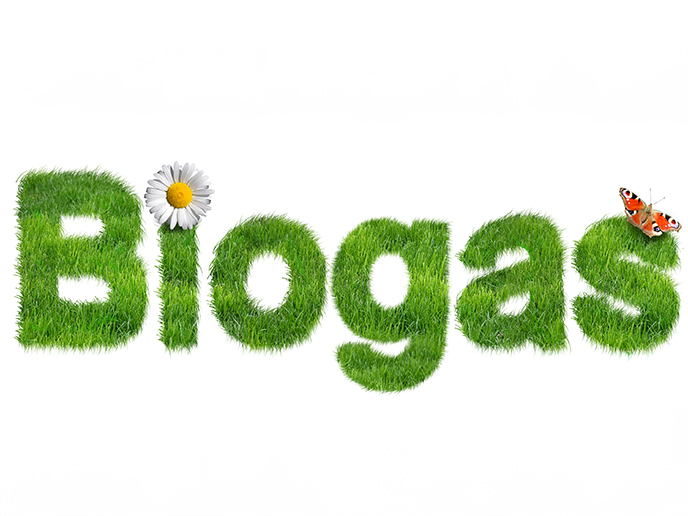Biomarkers for the North Sea oil industry
The METROL project studied the role of the important greenhouse gas methane in selected ocean margin sediments. Project partners Statoil ASA based in Trondheim, Norway, investigated water samples taken from above methane gas seeps and craters in the seabed known as pockmarks. Some samples were collected at different depths from the same location. Corresponding sediment samples were also gathered near to the seep and at the site of the pockmark. The sampling was carried out in the areas of Tommeliten, Kvitebjørn and Holene in the North Sea. Researchers analysed microbial diversity in the water samples using cloning, gene sequencing and DNA amplification techniques. Samples were measured with a flow cytometer to ascertain the size distribution of minute particles between 200 to 600 nanometres in diameter. A range of staining techniques were also applied to the particles which revealed that the majority of microorganisms were dead when they arrived on shore. Water samples were analysed using Denaturing gradient gel electrophoresis (DGGE), which showed that the microbes present differed according to their location and sampling depth. Sediment samples were examined using Restriction fragment length polymorphism (RFLP) which also indicated differences between sampling sites. Genome mapping and sequence analysis were employed to analyse the sediment samples and ascertain the distribution of bacterial and archaeal groups within the microbial community. Researchers used the results of the DNA analysis to draw up a phylogenetic dendrogram to help understand the evolutionary relationships and possible origins of the microorganisms. The DNA data was also compared to gene banks for a possible match and used as specific markers in the analysis of samples from other locations including those connected with oil exploration. The work undertaken by the Statoil team revealed previously unknown gene sequences, which indicated the presence of new species of microorganisms. The results also showed differences in the microbial population according to location and between water and sediment samples. The findings from the METROL project can assist in the search for oil and increase the level of knowledge of oil-associated microorganisms.







